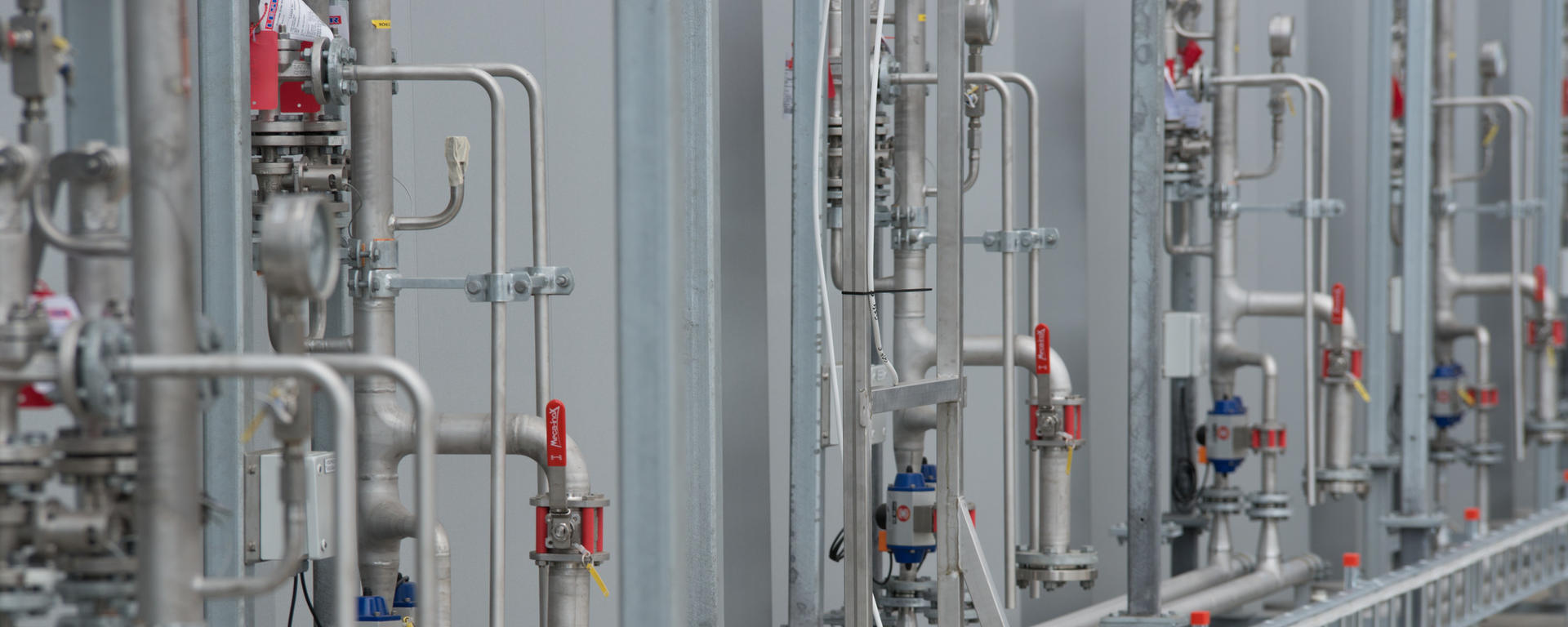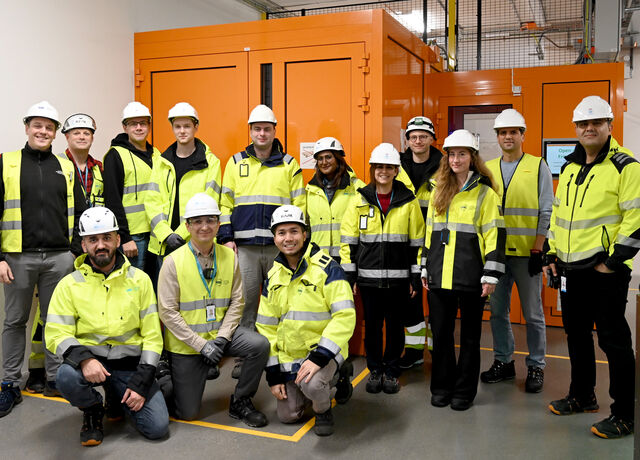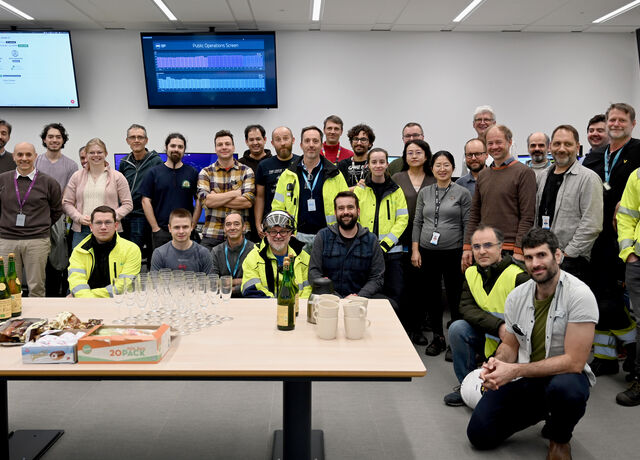Radiation Protection & Safety

Research with sub-atomic particles, such as neutrons, requires a high level of radiation protection and awareness. All safety regulations and practices common to other large-scale research laboratories or high power industrial facilities will be observed at ESS. Radiation protection and safety will be key aspects of ESS's operations, and will be carefully monitored by the regulatory authorities.
Safety will be a key aspect of operations at ESS. Radiation will be generated in several parts of the facility, and ESS will also contain large, heavy scientific equipment, high-voltage electrical systems, and low-temperature systems.
Designed for Safe Operations
ESS will be designed, constructed, and operated to a high level of safety in order to meet the expectations of its users, other personnel, and to meet all regulatory requirements. This applies to aspects of safety such as radiation, fire, cryogenics, chemicals, heavy loads, and other hazardous areas or situations. The security of the facility will be designed to meet the in-house security rules and regulatory requirements, as well as the needs of individual users and personnel so that all may work in an open and friendly atmosphere.
The Swedish Radiation Protection Authority and the Environmental Court, who issue the permits needed to build and operate the ESS, will assess whether ESS can be operated safety. The Radiation Protection Authority will license the ESS in stages, and will thereafter continuously monitor safety at the facility.
The fundamental safety principle of ESS is passive safety, with the radiation produced in the target station contained within three confinement barriers. The design is such that when the accelerator stops, the production of neutrons will also stop. Residual heat can be removed from the tungsten target through passive cooling, so no active cooling system is required.
Safety at Other Research Laboratories
The safety standard at ESS will be on a par with that of conventional power plants and similarly large research facilities, where the safety record for users, employees, and other guests is very good.
Much experience has been gained through the construction and operation of similar neutron sources in Great Britain, the United States, Japan, and Switzerland, which, like ESS, are based on accelerator and spallation technology. Many other particle accelerators and neutron sources around the world have also contributed to the collective knowledge of safe operating procedures at a facility such as ESS.
Radiation Protection at ESS
Research with neutrons generates radiation. Radiation protection will therefore be an essential aspect of ESS operations. On average, ESS will add the equivalent of 1-2% of the natural background radiation to the surrounding environment.
Scientists use different ”tools” to study the smallest structures in different types of materials. Among these are neutrons, synchrotron light, x-rays, lasers, electron microscopy, and MRI and CT scanning. All of these techniques generate some radiation.
During the last decades, neutrons for science have most often been produced in small nuclear fission reactors located at research institutes, laboratories, and universities. For scientific, environmental, and safety reasons, scientists today prefer neutron sources based on particle accelerators and spallation technology. This method produces more useful neutrons and thereby better research results. It also has the advantage of producing less radioactive waste and does not have the same risk profile as a nuclear fission reactor. As such, when ESS is built, old reactors can be phased out and less radioactive residual products will be produced worldwide.
Radiation occurs naturally in the environment. It comes from the sun, the cosmos, from radioactive materials in the ground, and even from within the human body. It also exists in man-made structures all around us, such as buildings and machinery, medical equipment, houses, emergency exit signs, and fire detectors. The radiation levels that these items produce seldom pose any danger to people.
A person living in Sweden, under normal circumstances, is exposed to so-called background radiation of 3-4 mSv (millisievert) per year. This is generated both from natural sources in the earth and in the cosmos, as well as from housing (building materials) and health care (x-rays).
ESS will generate radiation from the proton beam in the accelerator, from neutrons and other activated material in the target, and from the neutrons in the experimental halls. ESS has set the goal of keeping the exposure to the public and the environment, for example from the ventilation air, below 0.05 mSv per year. This represents 1-2% of normal background radiation, and can be compared to a visit to the dentist, where a person might receive the same dose from five x-rays.
The ESS goal of 0.05 mSv per year is half the dose rate limit of 0.1 mSv per year set by the Swedish authorities for a facility producing ionising radiation. As such, in terms of radiation, ESS will have a marginal effect on the surrounding environment and on persons living near the facility.
In general, the experience of similar large-scale research facilities predicts very little exposure or environmental impact. Environmental radiation from the large CERN research facility in Geneva over the course of its almost 60-year lifetime has been negligible, according to calculations by the French and Swiss radiation protection authorities. The radiation from CERN is around 0.01 mSv per year, which is less than 1% of normal background radiation.




























